
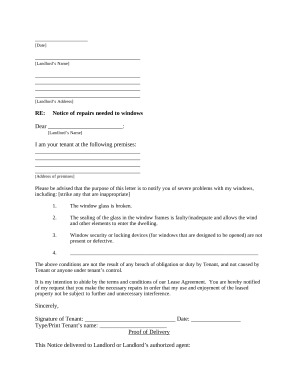
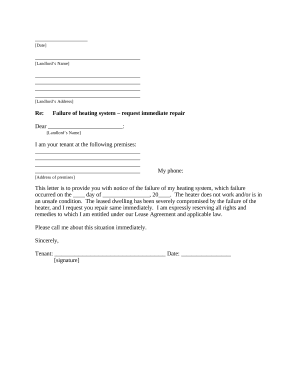
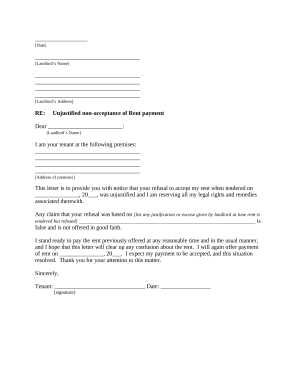

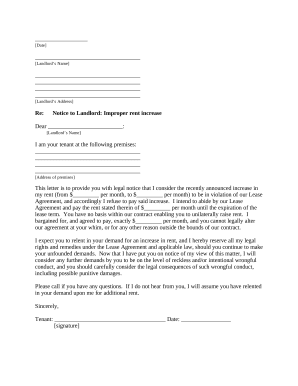
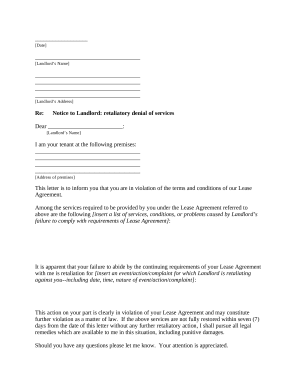
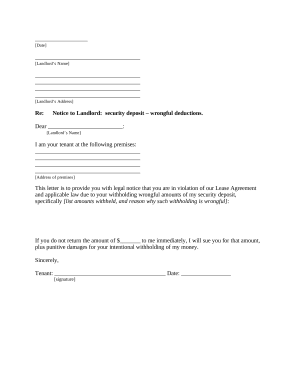
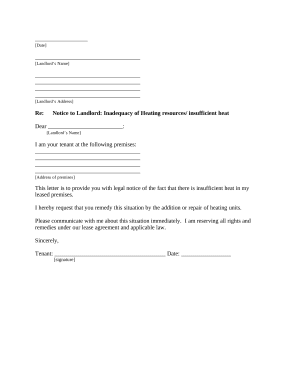
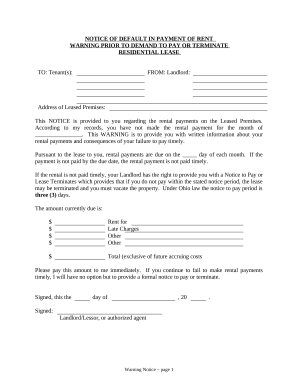
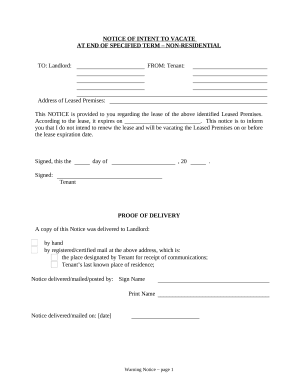

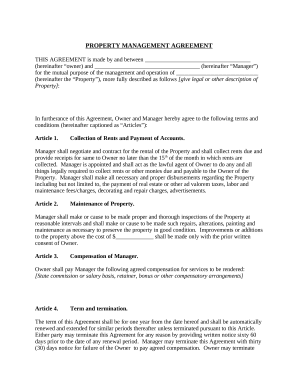
Boost your form managing with the Tenant Rights Ohio collection with ready-made templates that suit your needs. Access the document, edit it, fill it, and share it with your contributors without breaking a sweat. Start working more effectively together with your documents.
The best way to manage our Tenant Rights Ohio:
Explore all of the possibilities for your online document management using our Tenant Rights Ohio. Get a free free DocHub profile today!